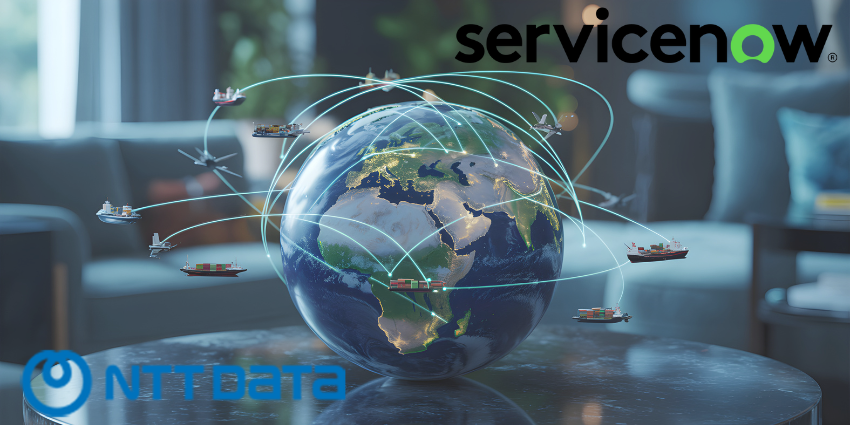The ‘Frankenstack’ problem
Tim Banting doesn’t mince words. “Given that we’ve just had Halloween, I’m introducing the term: Frankenstack,” says the Head of Research at Techtelligence. The definition?
“A horrible cobbled together layering of bots and automation and analytics.”
It’s a vivid metaphor for a very real enterprise challenge. In their race to modernise customer experience, many organisations have piled on AI tools, each solving isolated problems but collectively creating confusion. He explains:
“They’ve hit this wall where adding tech adds cost and complexity and it doesn’t provide any degree of clarity.”
Instead of scaling value, enterprises are scaling frustration.
From AI overload to orchestration clarity: Making CX systems sing
The pendulum, Banting argues, is now swinging back. “What we’re looking at now is this resurgence of journey orchestration,” he says. “It offers a way to make existing systems talk to each other and automate handoffs between these Frankenstack systems.”
He explains that AI excels at optimizing moments within the customer journey, for example, agent assist tools or chatbots handling simple transactions. However orchestration optimizes the full journey.
Banting compares it to a conductor leading an orchestra: “You don’t have the brass section doing their own thing and percussion doing their own thing. It really does require something at the top to help guide it, coordinate it, schedule it and orchestrate that journey.”
Ultimately, the goal should be not more machinery but a smoother flow.
The buying shift: From AI expansion to workflow simplification
Techtelligence’s latest data backs up this trend. “Buyers aren’t hunting for new AI platforms,” Banting confirms. “They’re researching workflow orchestration, data unification, and process simplification.”
This is the latest chapter in 2025’s quietly growing trend – a lean towards ‘cost to serve’ as the key metric for success. Especially as enterprises are under pressure to do more but with a fewer headcount.
When “every customer interaction involves three or four different systems and multiple handoffs, your cost to serve really skyrockets”, Banting says. Automating this process is where orchestration shines, enabling enterprises to increase productivity.
Less tech, more flow
As enterprises consolidate, one message rings clear: the AI arms race is over; orchestration wins the war on complexity.
“There’s no one platform to rule them all,” Banting concludes.
“You really need to do your due diligence and talk about workflow integration with vendors. That will become more important to get the best productivity, both from individuals and also from teams.”
Orchestration is the quiet revolution bringing order to the AI chaos – and the smartest CIOs and CX leaders are already tuning in.
Keep up to date with the latest tech buyer trends
If you’re an enterprise technology buyer or involved in procurement decisions for your business, follow Techtelligence on LinkedIn for weekly insights, analysis, and expert advice to help you make smarter technology choices.
You can also join its growing LinkedIn Community Group to discuss trends, share experiences, and connect with like-minded business professionals driving digital transformation in their industries.







